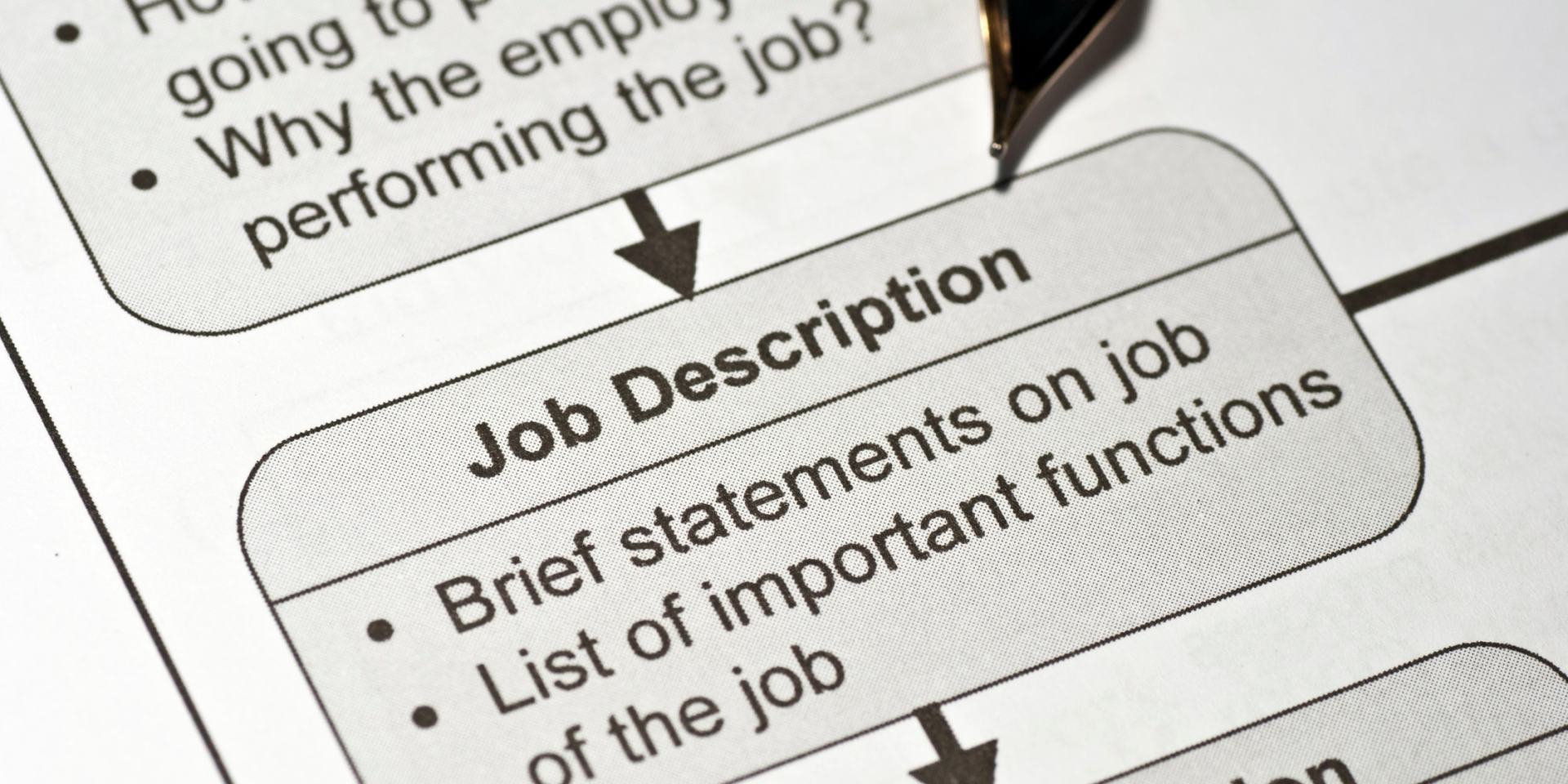DEVELOPING A PROFESSIONAL JOB DESCRIPTION
A professional Job Description is more than a list of ‘To Dos’. It is a tool to guide your recruitment as well as avoid confusion and conflict within your business or organization.
Having concluded Job evaluation and functional segmentation within your organization, how do you develop a functional Job Description?
A job description, also known as JD, summarizes the essential responsibilities, knowledge, skills, and abilities unique to each job function. It should include important company details — company mission, culture and any benefits it provides to employees. It may also specify to whom the position reports and the salary range.
An effective job description will provide enough detail for candidates to determine if they’re qualified for the position. Not only that but according to an Indeed survey, 52% of job seekers said that the quality of a job description is very or extremely influential on their decision to apply for a job.*
Among others, a JD should detail the following sections:
- Job Introductory Details.
This section captures the functional department, Job title, reporting structure, downlines, job level, location, career path etc. Specific job titles are more effective than generic ones. Hence, be precise, by including key phrases that accurately describe the role.
2. Job Summary
This section provides a succinct overview of the primary functions of the job. It usually consists of a short paragraph summarizing the expectations for the position and its role within the company. Hook your reader with details about what makes your company unique. Your job description is an introduction to your company and your employer brand. Include details about your company culture to sum up why a candidate would love to work for you.
3. Principal Duties and Responsibilities
Outline the core responsibilities of the position. Make sure your list of responsibilities is detailed but concise, including the duties that may be unique to your organization. Highlight the day-to-day activities of the position. This will help candidates understand the work environment and the activities they will be exposed to, daily. Specify how the position fits into the organization. Indicate who the job reports to and how the person will function within your organization, helping candidates see the bigger picture and understand how the role impacts the business.
4. Person Specification
Who is your ideal candidate?
Include a list of hard and soft skills. Essentially, the job description should specify the minimum education, job experience, certifications, and technical skills required to function successfully in the role. It is important to be clear about the must-haves vs the nice-to-have skills and qualifications, to accommodate flexibility and your job market realities.
5. Work Tools
The JD should contain the essential tools required to deliver effectively on the job, within your organization. These tools can be designated phone lines, Microsoft office suite, etc.
6. Key Performance Areas
This section captures the performance areas for each position. It provides clarity to all concerned, on the performance expectations of the role.
Do you need functional clarity and effectiveness within your organization, contact us.
Was this helpful? Share a comment with us.





